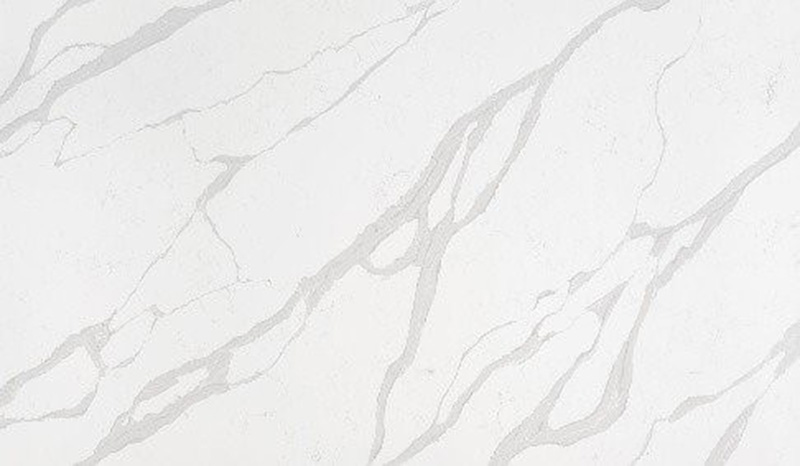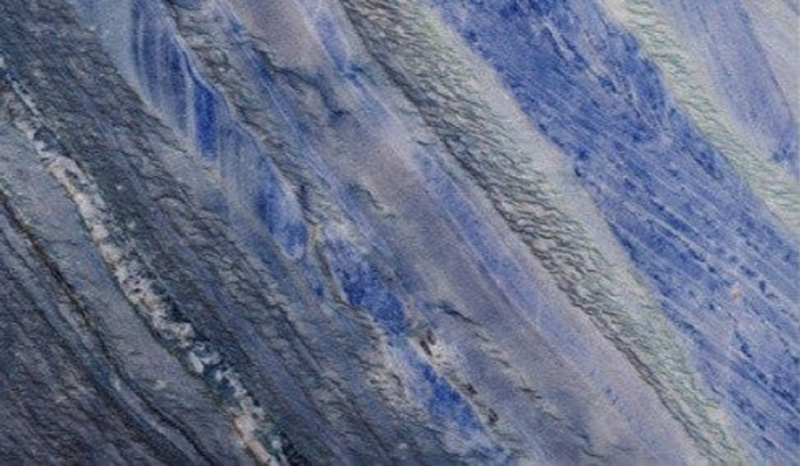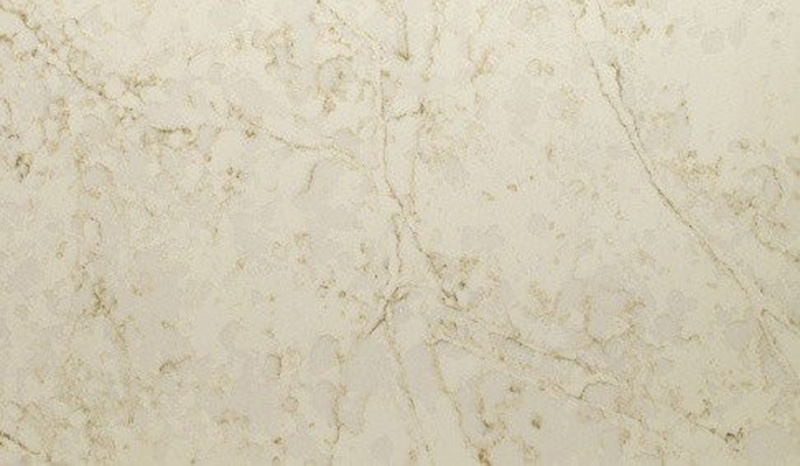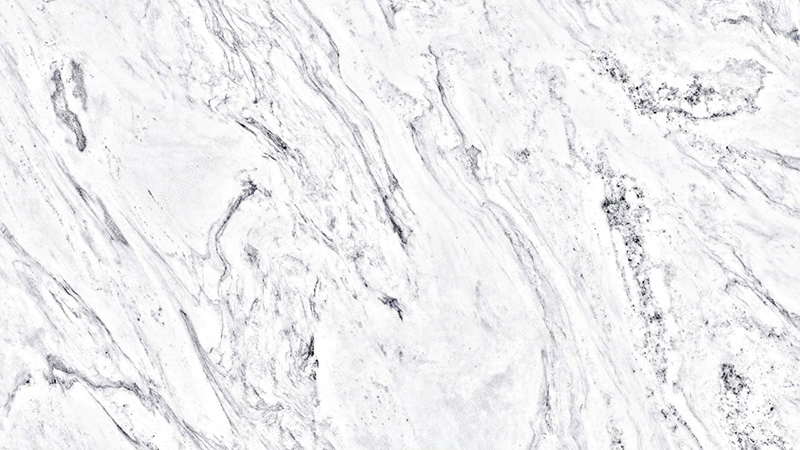Engineered quartz and natural quartzite are both popular choices for countertops, backsplashes, bathrooms, and more. Their names are similar. But even aside from the names, there’s a lot of confusion about these materials.
Here’s a quick and handy reference for understanding both engineered quartz and quartzite: where they come from, what they’re made of, and how they differ.
Engineered quartz is manmade.
Even though the name “quartz” refers to a natural mineral, engineered quartz (sometimes also called “engineered stone”) is a manufactured product. It’s made from quartz particles bonded together with resin, pigments, and other ingredients.
Natural quartzite contains minerals, and nothing else.
All quartzites are made of 100% minerals, and are purely a product of nature. Quartz (the mineral) is the main ingredient in all quartzites, and some types of quartzite contain smaller amounts of other minerals that give the stone color and character
Engineered quartz contains minerals, polyester, styrene, pigments, and tert-Butyl peroxybenzoate.
The exact blend of ingredients in engineered quartz varies by brand and color, and manufacturers tout the high percentage of minerals in their slabs. The oft-cited statistic is that manufactured quartz contains 93% mineral quartz. But there are two caveats. First, 93% is the maximum, and actual quartz content can be much lower. Secondly, that percentage is measured by weight, not volume. A particle of quartz weighs a lot more than a particle of resin. So if you want to know how much of a countertop surface is made of quartz, then you need to measure the ingredients by volume, not weight. Based on proportions of materials in PentalQuartz, for example, the product is around 74% mineral quartz when measured by volume, even though it’s 88% quartz by weight.
Quartzite is made from geologic processes, over millions of years.
Some people (me included!) love the idea of having a slice of geologic time in their home or office. Every natural stone is an expression of all of the time and events that shaped it. Each quartzite has its own life story, but many were deposited as beach sand, and then buried and compressed into solid rock to make sandstone. Then the stone was pushed deeper into Earth’s crust where it was further and compressed and heated into a metamorphic rock. During metamorphism, quartzite experiences temperatures somewhere between 800° and 3000° F, and pressures of at least 40,000 pounds per square inch (in metric units, that’s 400° to 1600° C and 300 MPa), all over the course of millions of years.
Quartzite can be used indoors and out.
Natural quartzite is at home in many applications, from countertops and flooring, to outdoor kitchens and cladding. Harsh weather and UV light won’t affect the stone.
Engineered stone is best left indoors.
As I learned when I left several quartz slabs outside for a few months, the resins in engineered stone will turn yellow in the sunlight.
Quartzite needs sealing.
The most common problem with quartzites is inadequate sealing – particularly along the edges and cut surfaces. As described above, some quartzites are porous and care must be taken to seal the stone. When in doubt, be sure to work with a fabricator who is experienced with the particular quartzite you are considering.
Engineered quartz should be protected from heat and not scrubbed too hard.
In a series of tests, major brands of engineered quartz stood up reasonably well to staining, but were damaged by scrubbing with abrasive cleaners or scouring pads. Exposure to hot, dirty cookware damaged some types of quartz, as was shown in a performance comparison of countertop materials.
Post time: May-29-2023








